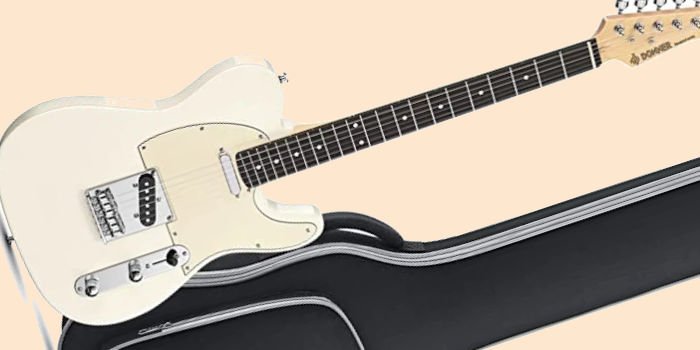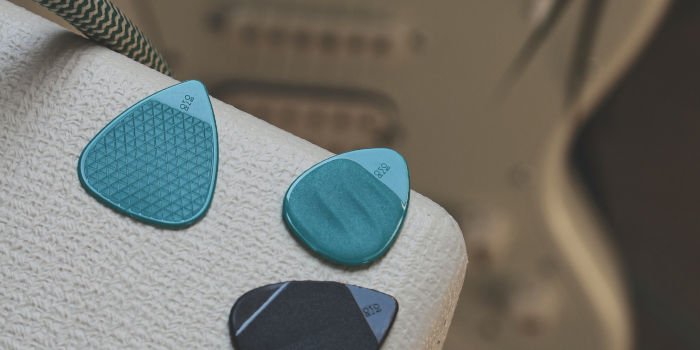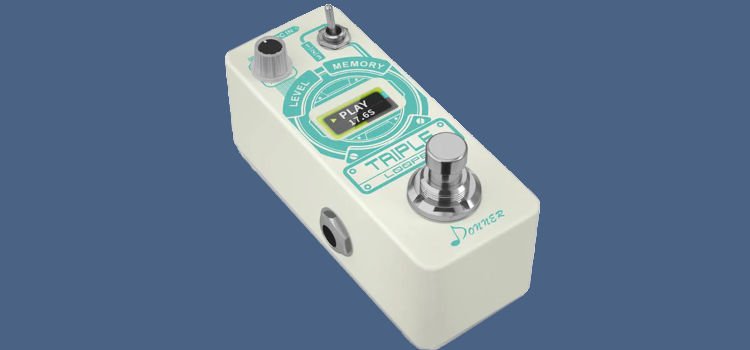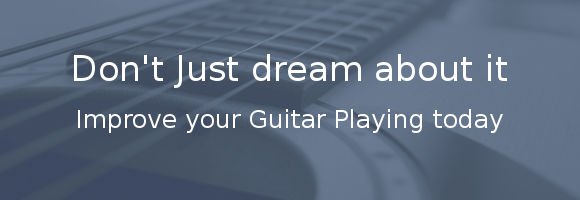The Magic Bullet Question

Published: 28/10/2013
Under: Guitar Lessons
A question I’m often asked is:
“Will buying one of your guitar eBooks make me better?”
What these people are usually asking is will one of my guitar eBooks be the “magic bullet” they have been looking for all along.
We’re all looking for only one thing that will transform our playing into a hero like status. A magical way to reap all the benefits without the work! Just one thing that will make the difference, if there is only one thing that will!
There are NO Magic bullets
The simple answer is NO. Just buying a book, watching a hero on YouTube or purchasing a DVD is likely to do nothing for your playing.
Sadly, there isn’t just one thing that you need to work on when it comes to guitar playing. You need to work a range of skills which make up the complete picture.
While you should go and buy books (especially mine!), DVDs, and take guitar lessons with a local tutor, you also need to work on the subject covered in those lessons.
Yes, it’s tough, but no pain, no gain!
Chunks!
In order to get the maximum benefit, you need to break the ideas into chunks. Focus on a single element until you have mastered it.
When each chunk is added into your playing, you’ve built a better, firmer foundation, which will make adding further chunks easier.
How do we find chunk? It’s easy; a chunk is a lick, a new chord, an interesting chord pattern, an exotic scale. Just make it small.
For example, a lick could have four notes in it which are over in three beats, or it could be a chord pattern with 6 chords in 4 bars. Think small, then smaller still.
The smaller the idea, the better, as you are more likely to be able to learn it quickly, apply it into your playing and actually use it.
Also, if you’re learning something small you won’t get defeated as easily as you were if you were learning a whole solo for example.
Found a chunk?
So you’ve found a chord pattern, now what should I do with it? Ok, firstly make sure you can play all the chords. Make sure each chord is clean, clear and crisp – in isolation.
There is no point being able to play the pattern fast if each chord sounds bad.
Next, work on just framing the changes. This just simply means playing through the changes with no rhythm other than the long possible note.
Take it really slowly and make it sound as full as possible. This means trying to have no bum notes, no hesitation and confidence in what you’re playing.
Speed!
Now work on getting the changes up to a sensible tempo. Remember to use a metronome! My favorite’s the $23 Korg TM60BK, which is a tuner as well.
A metronome will help you to define where each beat is. Using a metronome will make it clear when you’re out (or in!). Also by using one, it will strengthen your inner metronome. A skill which is always worth working on!
When you’re up to a decent tempo just framing chords, then it’s time to slow it down. Try a few different rhythms over this slower tempo. You can either use a favorite song or write out some rhythms of your own.
Start slowly and look out for when you’re rushing or slowing down. Also, watch out for when you’re late making a chord change. All mean you still have work to do and need to keep working with the metronome.
Rhythm Tips
Great rhythm guitar sounds like you’ve been playing it forever. You’ll want to play the pattern over and over again because it sounds and feels so good.
Take some time to work on common chord patterns. Try moving these patterns into different keys. You’ll sound more confident when it comes to playing songs as you will have played that exact pattern or something really close to it, a million times!
What You Know
With everything you learn, you’ll need to keep adding a new piece of information into what you already know. There’s no use learning stuff that you can’t use or haven’t figured out how you can use it!
For example, If you’ve learnt a new chord, then you need to find a song which you can use it in. You then need to play the song over and over until you can really use the new chord. It will take time for your brain to move the new chord from the short term memory to the long term memory.
I call this tagging. If you tag a meaning (like a song) to the new chord, lick or idea you more likely to remember it, be able to use it and enjoy hearing it in action than if you just try to learn something new.
Sorry!
So there you have a quick blow by blow of how to find something new to learn. And how to then add it into your playing and really learn it!
Sorry to say that there are no magic bullets, easy buttons or shortcuts. It’s all down to hard work over a long period!






Leave a Reply